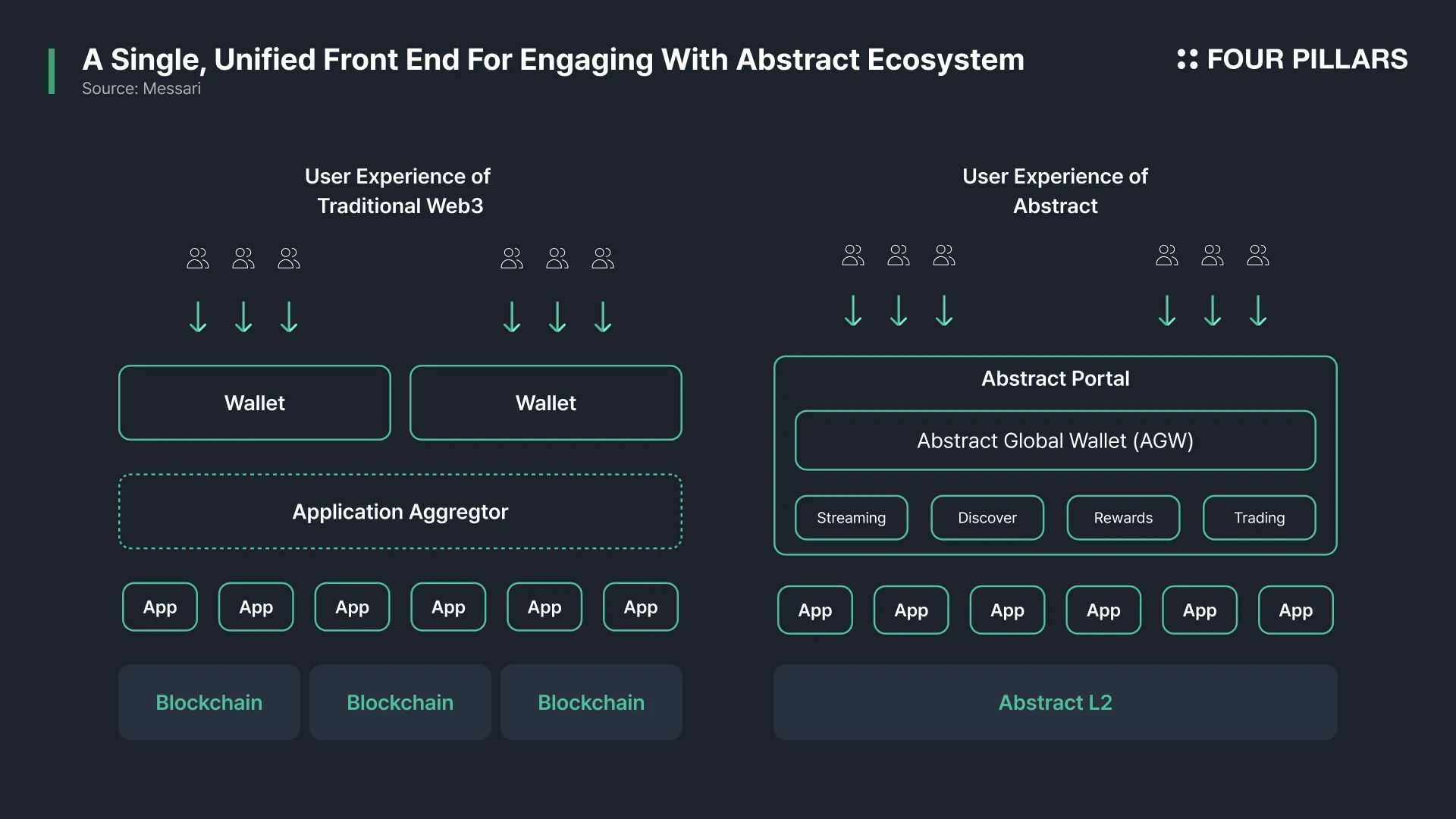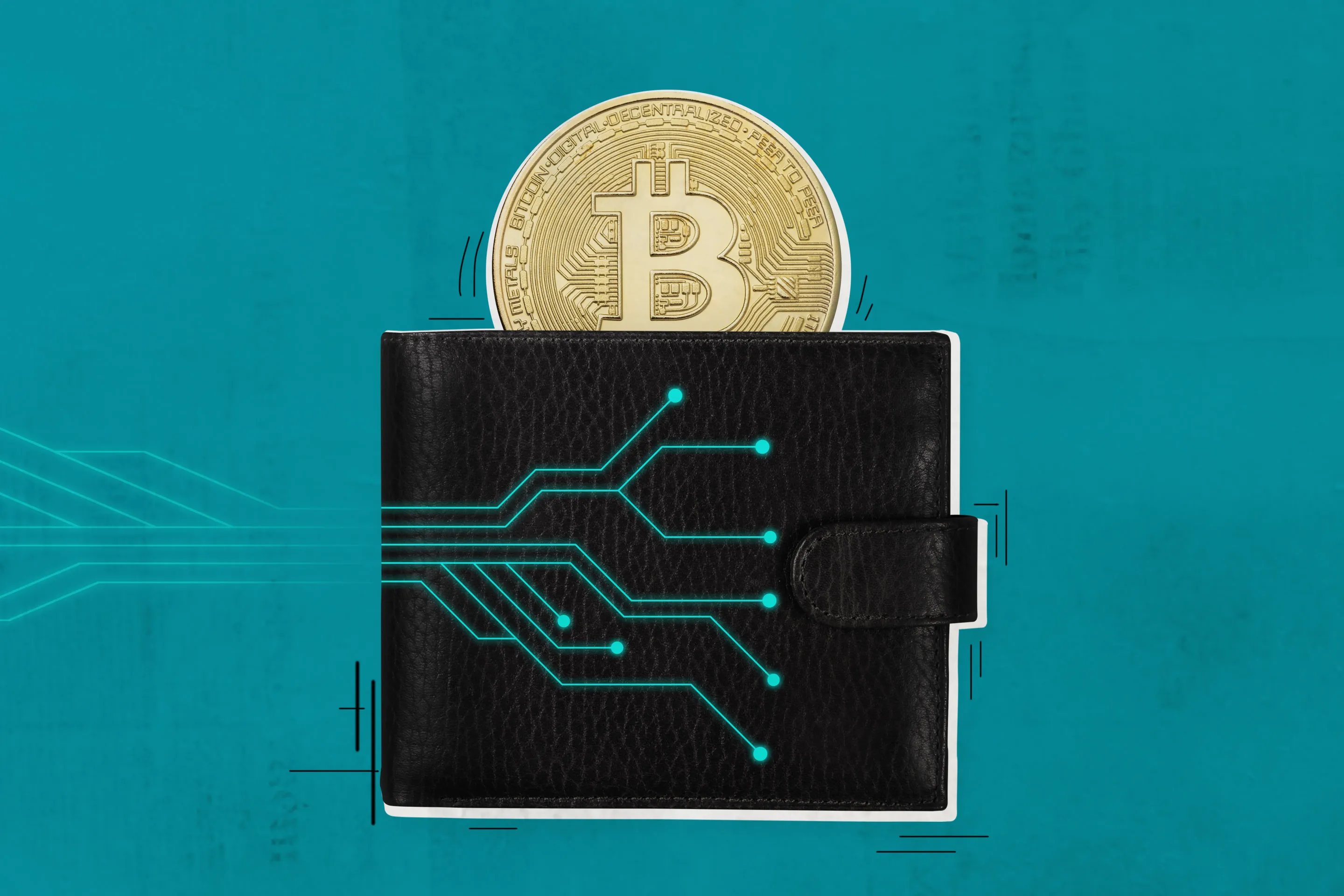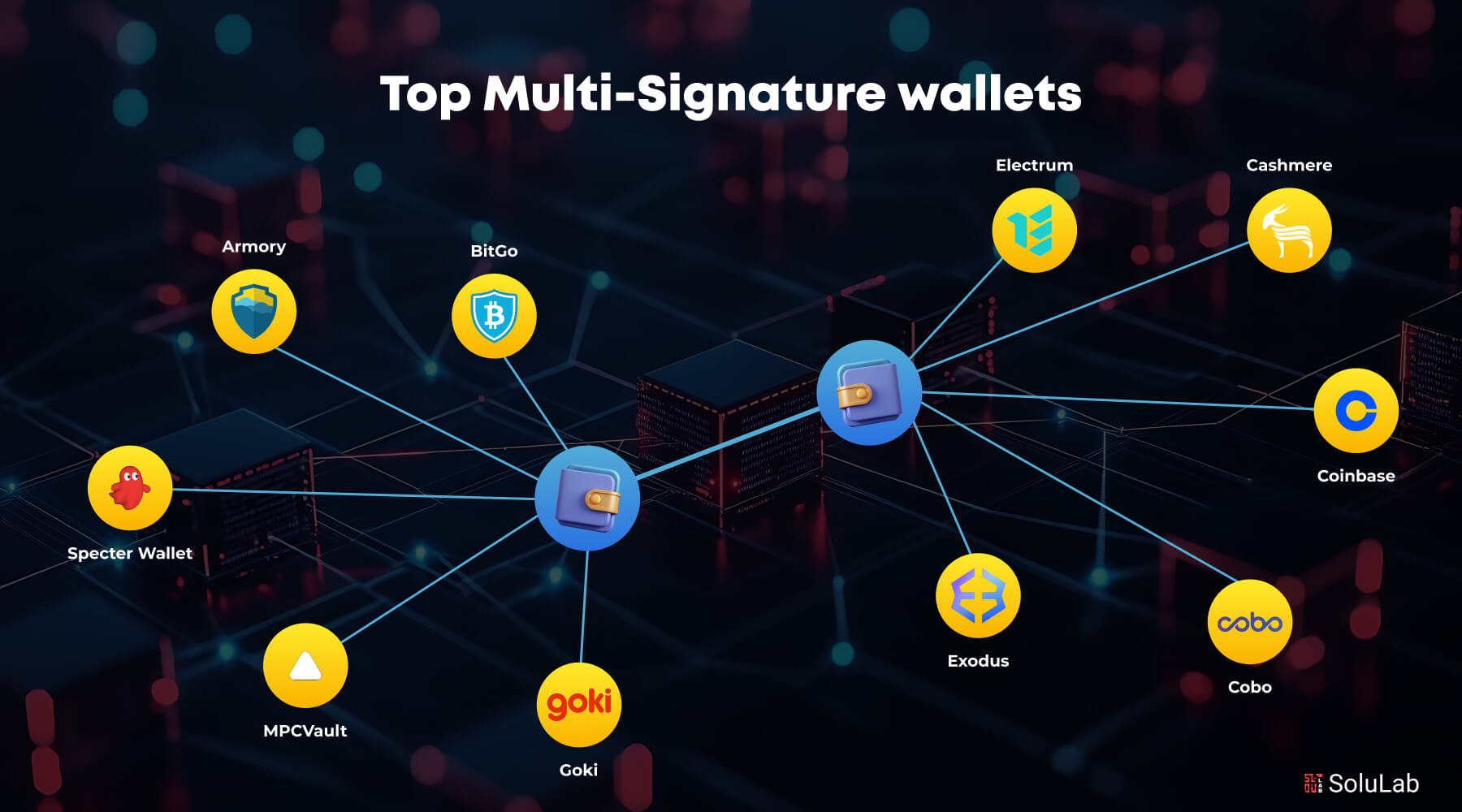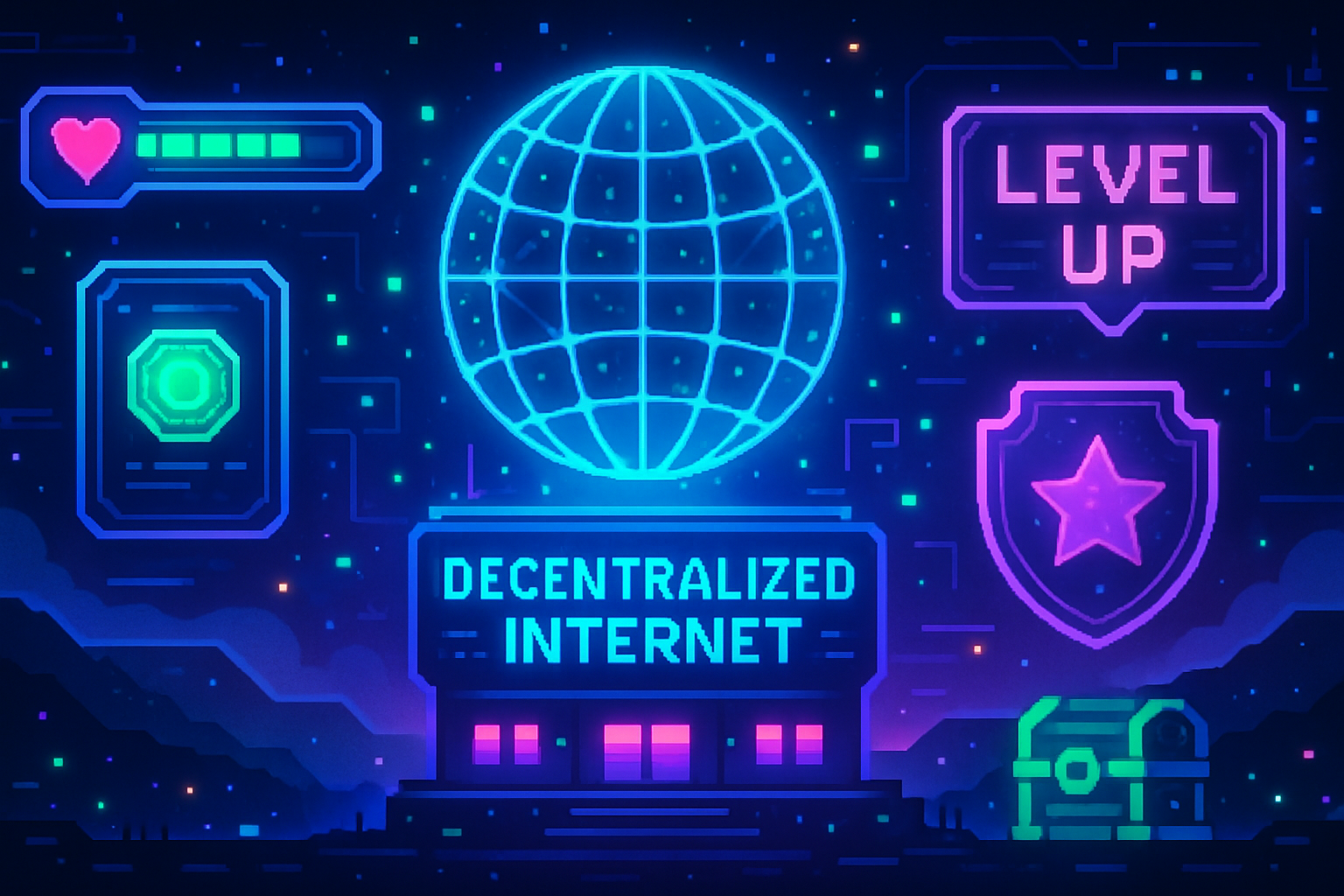
For the everyday crypto user, moving assets between blockchains has historically been a labyrinth of technical hurdles. Juggling multiple wallets, hunting down the right bridge, and worrying about gas tokens on unfamiliar networks have all contributed to a fragmented and intimidating experience. Chain abstraction is rapidly changing this narrative, emerging as the key paradigm for simplifying cross-chain swaps and making decentralized finance (DeFi) accessible to a much wider audience.

What Is Chain Abstraction? Unpacking the Paradigm Shift
Chain abstraction refers to the process of masking the complexities of interacting with multiple blockchain networks by providing a unified interface for users and developers alike. Instead of forcing users to manually switch networks, maintain several wallets, or understand chain-specific mechanics, chain abstraction platforms handle these processes in the background. The result: users can manage assets, execute transactions, and engage with dApps across diverse chains as if they were operating on just one network.
This approach directly addresses major pain points that have slowed DeFi adoption. According to recent analyses, unified wallet UX and seamless onboarding are now seen as critical for scaling decentralized finance beyond early adopters.
Simplifying Cross-Chain Swaps: The End of Multi-Wallet Chaos
The core promise of chain abstraction is its ability to make cross-chain swaps as simple as single-chain transactions. Here’s how:
- Unified Wallet Management: Users interact with one wallet interface that aggregates balances and transaction history across all supported chains. There’s no need to set up or import separate wallets for each network.
- One-Click Transactions: Asset transfers between chains can be initiated with a single click. The platform handles bridging, routing, and settlement behind the scenes, no manual steps required.
- Gas Fee Abstraction: Perhaps most importantly, users no longer need to hold native gas tokens for every chain they interact with. Gas fees are either bundled or abstracted away entirely by the protocol.
This unified experience is not just theoretical; it’s being actively implemented by leading projects like zkCross Network (which integrates wallet management, liquidity access, and cross-chain transactions into one interface) and LayerZero’s Gas Station (which abstracts gas fees for NFT swaps across multiple chains). Platforms such as Reown are also taking phased approaches to address asset fragmentation and gas token headaches over time.
The User Experience Revolution: Why It Matters Now
The impact for end-users is profound. By reducing technical friction and eliminating redundant steps, chain abstraction dramatically lowers barriers to entry for DeFi. Key benefits include:
- Reduced Complexity: Users no longer need deep knowledge of different blockchain architectures or token standards, everything is handled under one roof.
- Enhanced Security: Fewer wallets mean fewer private keys to manage (and potentially lose), reducing attack surfaces while simplifying best practices.
- Improved Efficiency: Automated routing and transaction batching save time and minimize costly mistakes during asset transfers or DeFi operations.
This shift paves the way for DeFi protocols that feel intuitive even to non-technical users, a critical milestone if decentralized finance is ever to compete with traditional fintech in daily utility.
Pioneering Implementations in 2025: Real-World Examples
A number of platforms are demonstrating what effective chain abstraction looks like in production environments:
- zkCross Network: Offers comprehensive infrastructure unifying wallet management, liquidity access, gas fee handling, and cross-chain swaps into a seamless user journey.
- LayerZero’s Gas Station: Abstracts away gas costs so users can purchase NFTs across supported blockchains without holding native tokens on each network.
- Reown’s phased rollout: Tackles asset fragmentation step-by-step while building toward truly unified cross-chain user experiences.
These real-world deployments demonstrate that chain abstraction is not just a theoretical improvement, but a tangible upgrade to the decentralized finance user experience. The data shows a clear trend: as platforms abstract away complexity, user engagement and transaction volumes increase. For example, projects integrating unified wallet UX report higher retention rates and reduced onboarding drop-off compared to legacy multi-chain setups.
From a technical perspective, chain abstraction leverages protocol-level interoperability standards and smart contract automation to batch, route, and settle transactions across disparate networks. This enables features like:
Top Benefits of Chain Abstraction Wallets for Users
-

Unified Wallet Management: Manage assets across all supported blockchains from a single wallet interface, eliminating the need to juggle multiple wallets or remember numerous private keys.
-

One-Click Cross-Chain Swaps: Seamlessly swap assets between different blockchains with a single click, without manually bridging tokens or navigating complex processes. Platforms like zkCross Network and LayerZero Gas Station exemplify this benefit.
-

Automated Gas Fee Management: Chain abstraction wallets automatically handle gas fees across multiple chains, so users don’t need to hold or acquire native gas tokens for each network. LayerZero’s Gas Station is a leading example.
-

Reduced Complexity and Friction: Users can interact with decentralized applications (dApps) on any supported chain without understanding the technical details or switching networks, making crypto more accessible to non-experts.
-

Enhanced Security: Managing a single private key across multiple chains reduces exposure risk and simplifies security practices, lowering the likelihood of user error or compromised keys.
-

Improved Efficiency and Speed: Automated processes and unified interfaces streamline transactions, saving time and reducing the chance of mistakes compared to manual cross-chain operations.
- Automatic Routing: The system detects the optimal path for asset swaps, often aggregating liquidity sources across chains to minimize slippage and fees.
- Multi-Chain Asset Visibility: Users see all their tokens in one dashboard, regardless of which blockchain they’re held on.
- Abstracted Security Management: With fewer private keys and simplified recovery options, risk is significantly reduced for non-expert users.
What’s Next for Chain Abstraction and DeFi Onboarding?
The next frontier is making cross-chain DeFi as seamless as traditional fintech apps, where the underlying rails are invisible to the end user. As more protocols adopt chain abstraction principles, expect to see:
- Universal Wallet Standards: Wallets that support all major chains natively with no manual configuration.
- No-Brainer Swaps: One-click cross-chain swaps that automatically handle bridging, gas payments, and settlement.
- DeFi for All: Lowered technical barriers will drive mainstream adoption by enabling anyone, regardless of blockchain expertise, to participate in decentralized finance safely and efficiently.
This evolution is already underway. As highlighted in recent research on cross-chain swap simplicity, platforms that embrace unified wallet UX and gas fee abstraction are seeing exponential growth in new user onboarding and transaction throughput.
The bottom line: chain abstraction isn’t just a convenience feature, it’s foundational infrastructure for the next wave of crypto adoption. By hiding backend complexity while delivering robust security and efficiency gains, it empowers users to move assets freely across any network without friction or fear. For developers building the future of DeFi, and for everyday users seeking simple yet powerful tools, chain abstraction represents both the present reality and the gateway to mass-market crypto utility.





